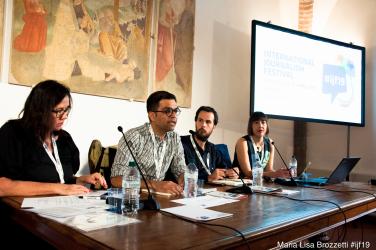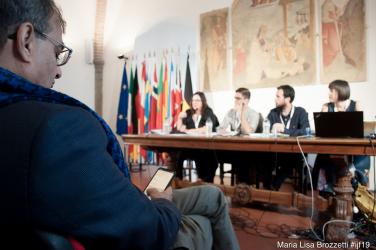It’s a long road back for news organisations to earn the trust of their communities. According to the 2018 Reuters Institute Digital News Report, the average level of trust in the news (across five countries) is at only 44%. There is lack of diversity in news organisations and under representation, or lack of positive representation, of voices within the communities they serve. Bias, hidden agendas and a decline in quality of information, together with the increased spread of misinformation online more widely, is also more perceptible by audiences than ever before.
These challenges are compounded by a lack of opportunities for journalists to connect with the people they serve, and to learn, share knowledge and experiences with each other, and develop as professionals. Something has to change.
One thing that is bearing fruit for news organisations is listening to the people they serve - through face-to-face events, in specially dedicated spaces and through continually ‘showing up’.
Particularly popular in the US, and increasingly being adopted by news organisations in Europe, engaging with and listening to communities offline is helping journalists to be more accessible and transparent, produce more diverse and relevant content, and encourage participation in and understanding of wider civic issues.
But there are many questions that need answering. How do we measure the impact of this approach for the long term? What are the effective ways to evaluate the return of investment of this approach, aligned with financial sustainability of news organisations? What do news organisations need to give up or change to truly embed listening into their work? What skills do journalists and others in news organisations need? And how could it shift online to involve an even wider community?
Organised in association with the European Journalism Centre.








